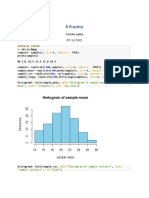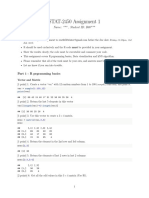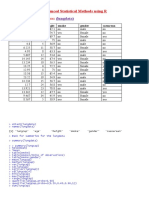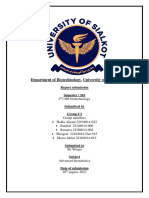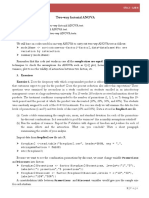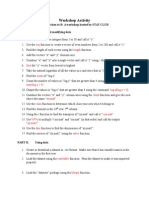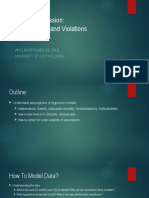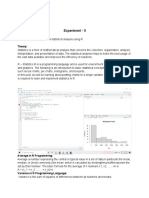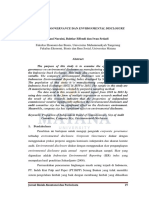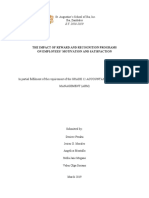0% found this document useful (0 votes)
41 views20 pagesCase 4 - Tutorial 2
1. Descriptive statistics including summary tables, graphs, and tests are conducted on a dataset to analyze characteristics by province and ownership.
2. A one-way ANOVA finds no significant difference in total assets between provinces. Assumptions of normality and equal variances are satisfied.
3. A two-way ANOVA tests for differences in total assets between province, ownership, and their interaction. While distributions are approximately normal, variances are unequal. The ANOVA finds no significant differences.
Uploaded by
Hoàng HuếCopyright
© © All Rights Reserved
We take content rights seriously. If you suspect this is your content, claim it here.
Available Formats
Download as DOCX, PDF, TXT or read online on Scribd
0% found this document useful (0 votes)
41 views20 pagesCase 4 - Tutorial 2
1. Descriptive statistics including summary tables, graphs, and tests are conducted on a dataset to analyze characteristics by province and ownership.
2. A one-way ANOVA finds no significant difference in total assets between provinces. Assumptions of normality and equal variances are satisfied.
3. A two-way ANOVA tests for differences in total assets between province, ownership, and their interaction. While distributions are approximately normal, variances are unequal. The ANOVA finds no significant differences.
Uploaded by
Hoàng HuếCopyright
© © All Rights Reserved
We take content rights seriously. If you suspect this is your content, claim it here.
Available Formats
Download as DOCX, PDF, TXT or read online on Scribd
/ 20






